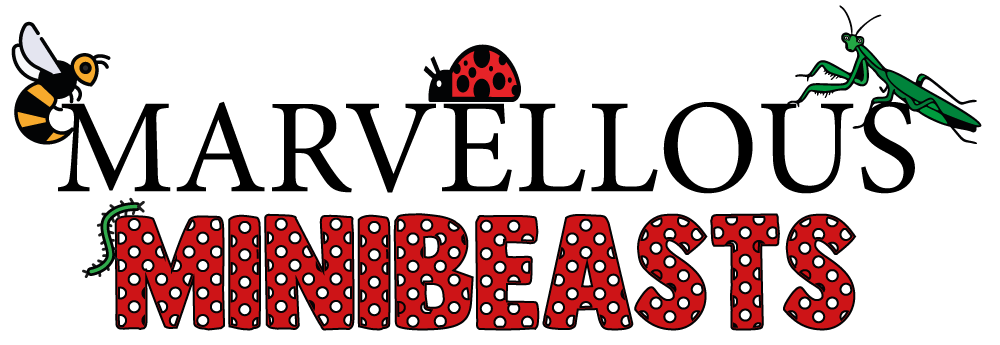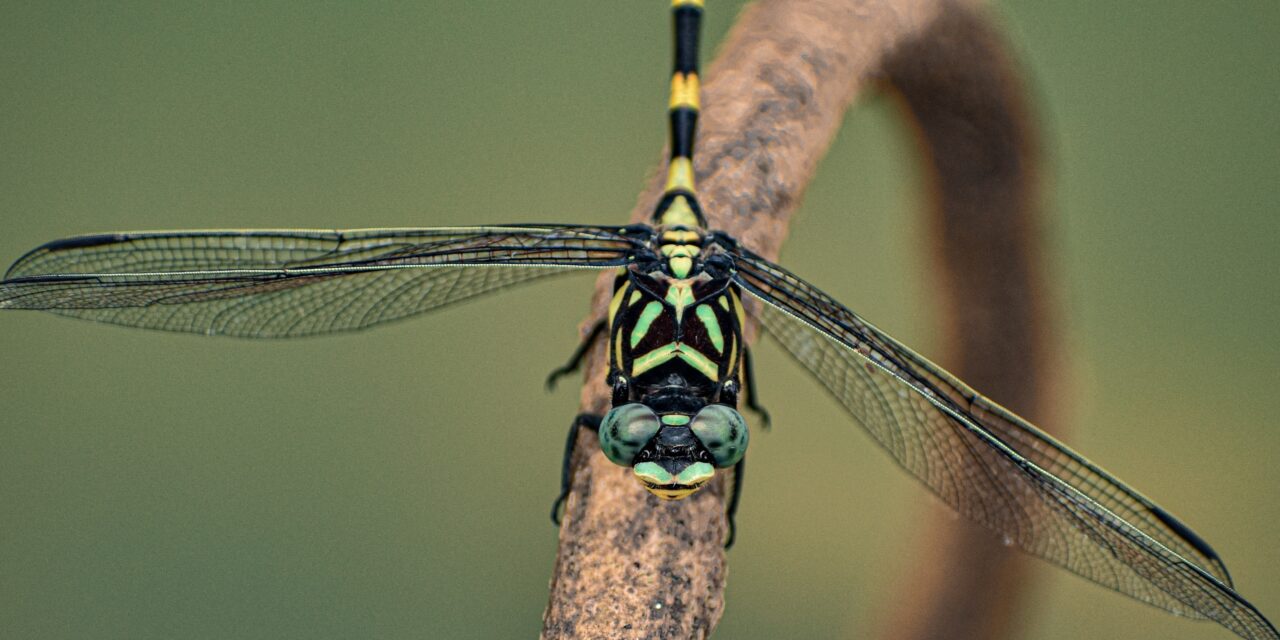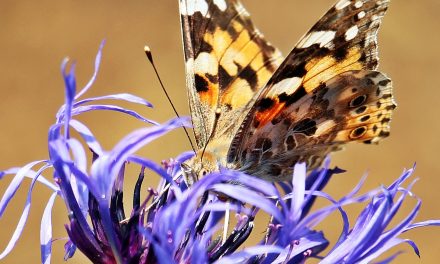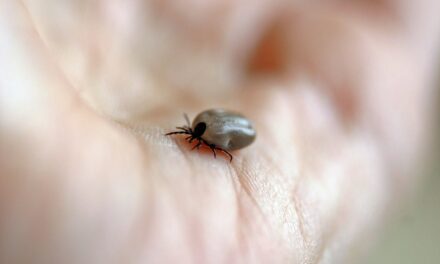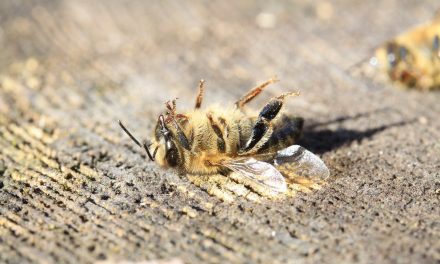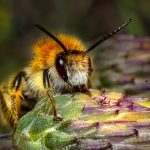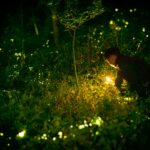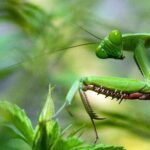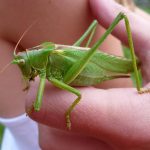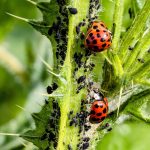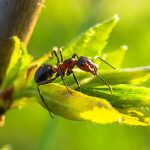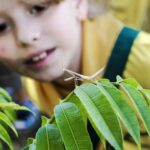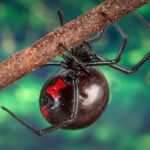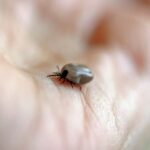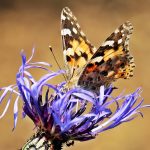There are many species of flying insects found in the UK, including bees, butterflies, moths, wasps, and dragonflies. These insects play important roles in the ecosystem, including pollination, predation, and decomposition. Some species, such as honeybees and bumblebees, are important pollinators for crops and wildflowers. Others, like ladybirds and lacewings, feed on pests and help control other populations of harmful insects.
In the UK, many insect populations, including those of flying insects, have been declining rapidly for the last few decades due to habitat loss and the use of pesticides. In this article, we will discuss the types of UK flying insects, their usefulness, and how you can help increase their numbers.
Butterflies and moths
The UK is home to a diverse range of butterfly species, both resident and migratory. The
- Large White
- Small Tortoiseshell
- Peacock
- Red Admiral
- Orange Tip
are some of the most common species. There are also several species of rare or declining butterflies in the UK, such as the
- Marsh Fritillary
- High Brown Fritillary
- Duke of Burgundy
Butterflies are important insects because they help pollinate flowers, spreading pollen to other plants as they go. which is especially important for flowers and plants that cannot self-pollinate. Butterflies also serve as a food source for other bugs, small animals, and birds.
There are many species of moths in the UK, including day- and night-flying moths. Some moths, such as the hawkmoth, are essential pollinators of plants and flowers, and like butterflies, moths are also an important component of the food chain.

How can we help to increase butterfly and moth numbers?
There are several ways to increase butterfly and moth numbers in the UK, including:
Providing a habitat
You can create butterfly-specific gardens or meadows, or simply leave a patch of wildflowers to grow in your garden. Planting nectar-rich flowers, shrubs, and trees can provide both food and shelter for butterflies.
Reducing pesticide use
Pesticides can harm or kill both butterflies and moths, so reducing their use can help protect all insects, not just butterflies and moths. Instead of using pesticides, you might want to try things like attracting birds and small animals to your garden or just picking out the pests by hand.
Protecting overwintering sites
Many butterflies spend the winter in a dormant state, often in sheltered places like tree bark or leaf litter. When gardening, it’s best to stay away from these spots so you don’t accidentally hurt or kill them.
Monitoring and tracking populations
Regularly monitoring and keeping track of the butterflies and moths you see in your garden can help you see when populations are in decline. You can pass on any data collected to conservation organisations in your area.
Supporting conservation initiatives
There are many conservation organisations and initiatives that work to protect UK butterfly and moth populations and their habitats. You can help support them by making regular donations.
Bees
There are several species of bees in the UK, including honeybees, bumblebees, and solitary bees, and like butterflies and moths, they play a crucial role in the ecosystem as pollinators of plants and flowers.
- Honeybees are social insects that live in large colonies with a single queen.
- Bumblebees also live in colonies with a single queen, but theirs are usually smaller than honeybee colonies, with as few as 50 bees.
- Solitary bees are bees that live alone and do not form colonies.
All of these kinds of bees are important because they pollinate crops and wildflowers. This helps to produce food and keep our ecosystems healthy.

How can we increase bee numbers?
Like butterfly and moth populations, bee populations have been in decline in recent years due to habitat loss, pesticide use, and disease. To help protect and grow bee populations, it is important to provide them with a place to live, use fewer pesticides, and support conservation efforts. This can be done by planting native wildflowers, providing places for solitary bees to build their nests, and helping beekeepers and conservation groups by keeping track of numbers and making donations.
Beekeepers play a vital role in maintaining and increasing bee populations. You can support local beekeepers by buying honey and other bee products from them, or if you have space, you can think about keeping bees yourself.
As solitary bees don’t live in a colony, they only require a small nesting location. You can do this by providing a simple nesting box, bricks with holes, or even small tubes, all of which will help the population grow.
Wasps
Wasps are a group of insects found in the UK that belong to the Hymenoptera order, which also includes ants and bees. There are many species of wasps in the UK, including social wasps, such as yellow jackets and hornets, and solitary wasps, such as mud daubers and cicada killers. Social wasps live in large colonies. They are beneficial to the environment because they eat other pests.
Like the solitary be solitary wasps, live alone. They play important roles in controlling pests and pollinating flowers. However, wasps can become pests themselves, causing issues for humans, particularly when their nests are disturbed. It is important to respect and protect wasp nests and to only remove them if necessary and with caution. Never try to remove a nest yourself, and always get advice from a specialist removal company.

Dragonflies
Dragonflies are insects that belong to the order Odonata. They are known for their big, multifaceted eyes, long, slim bodies, and two sets of clear, membrane-like wings. Dragonflies are found in aquatic environments; adult dragonflies and their larvae both feed on other aquatic insects like mosquitoes and small fish.
Wetlands are essential to the development and survival of dragonflies, so it is essential that these habitats are preserved and protected. This includes
- lowering pollution levels in wetland areas
- keeping water levels stable
- Providing perches for them to rest and hunt from, such as sticks and rocks
- Preventing the loss of wetland habitat due to construction or other activities
To help boost dragonfly numbers, we can
- Maintain existing wetland areas by replanting native vegetation
- Establish new wetlands.
- Create new ponds
- Reduce or eliminate the use of pesticides in and around wetland areas
- Support conservation efforts in your local area

